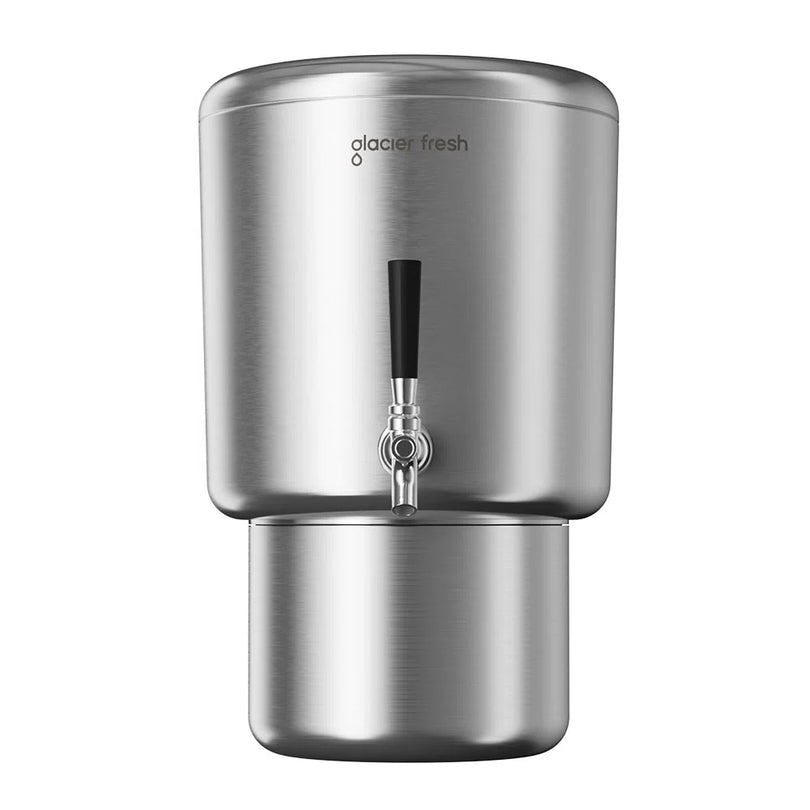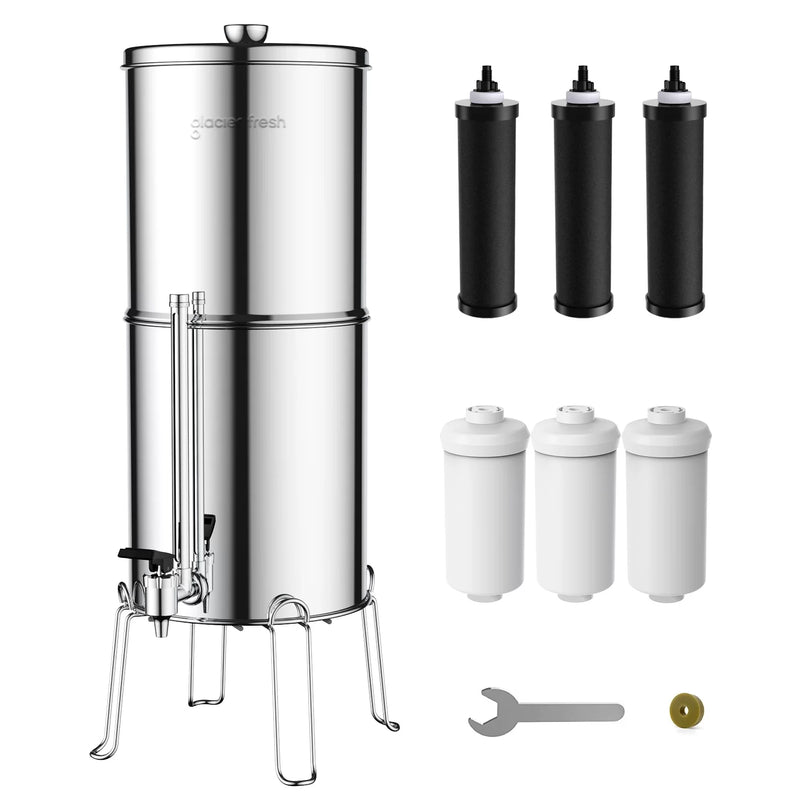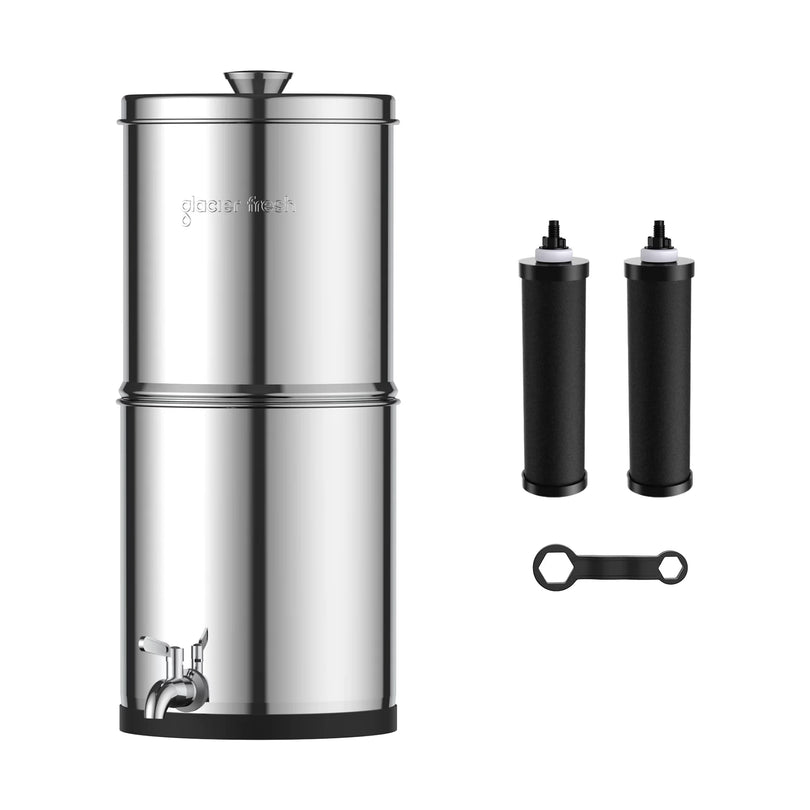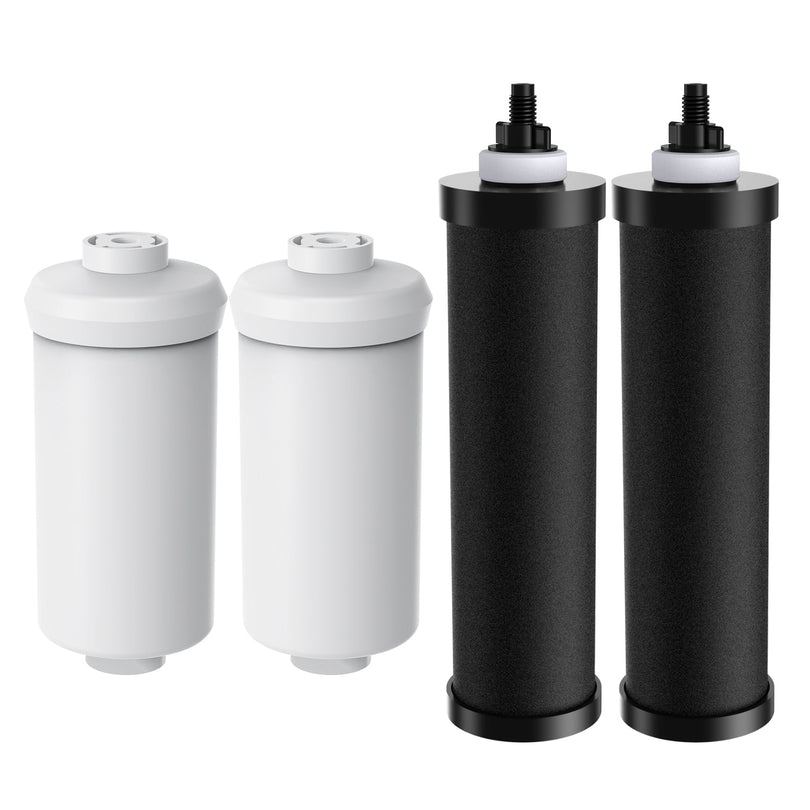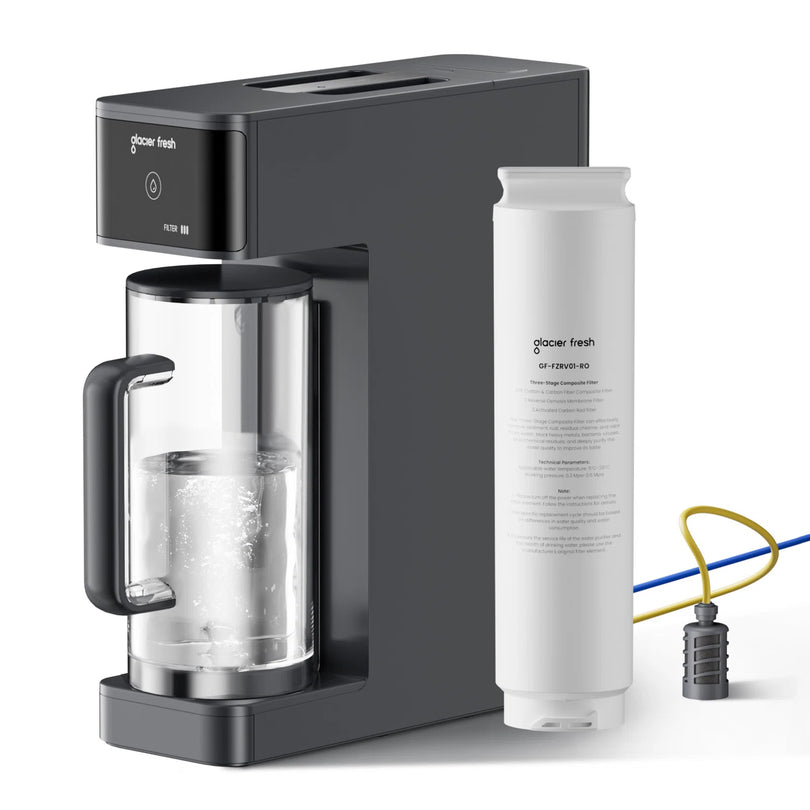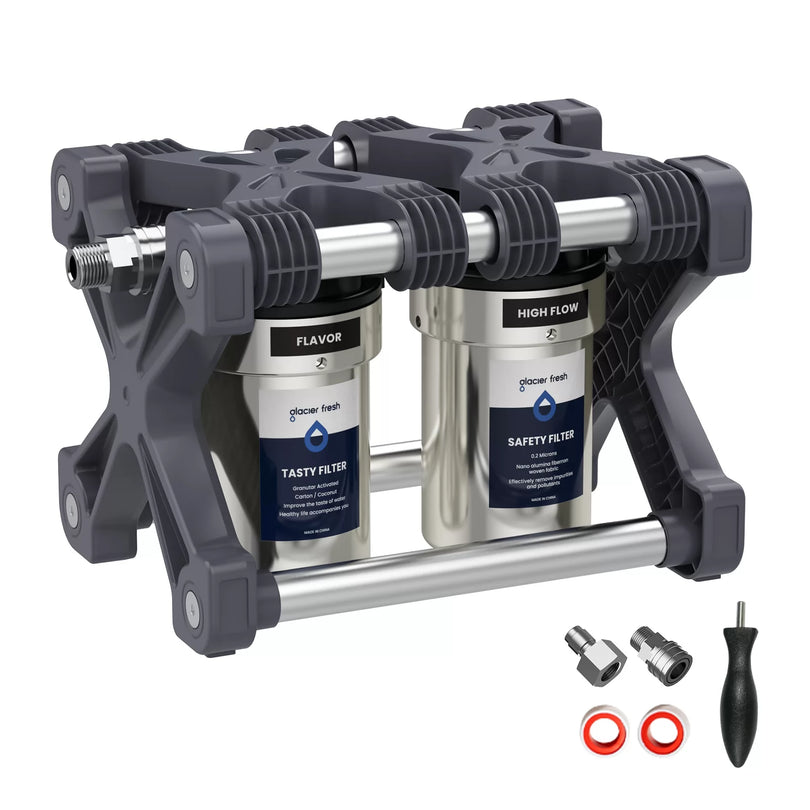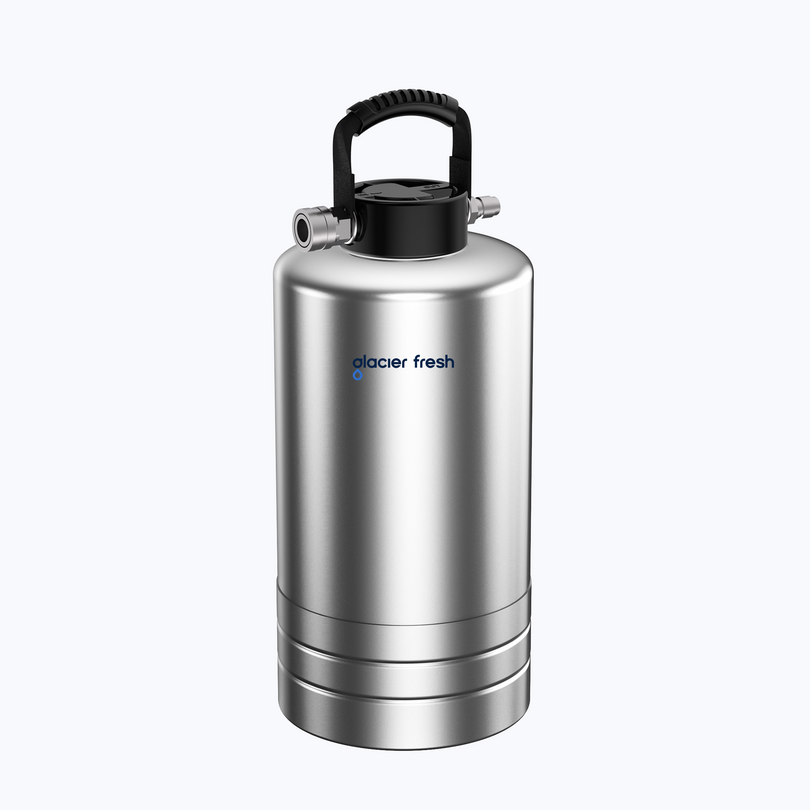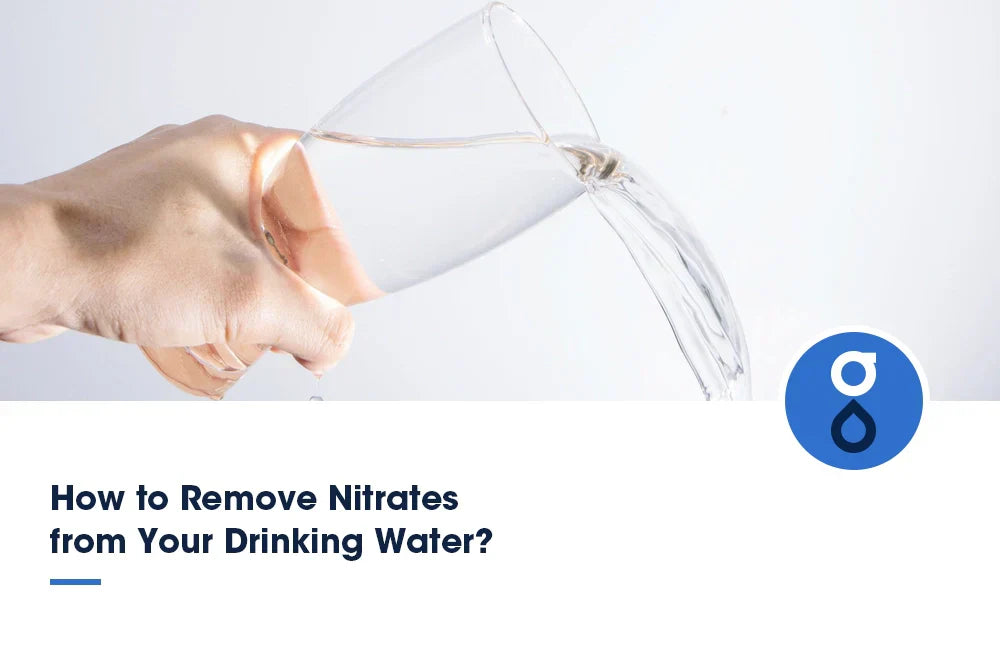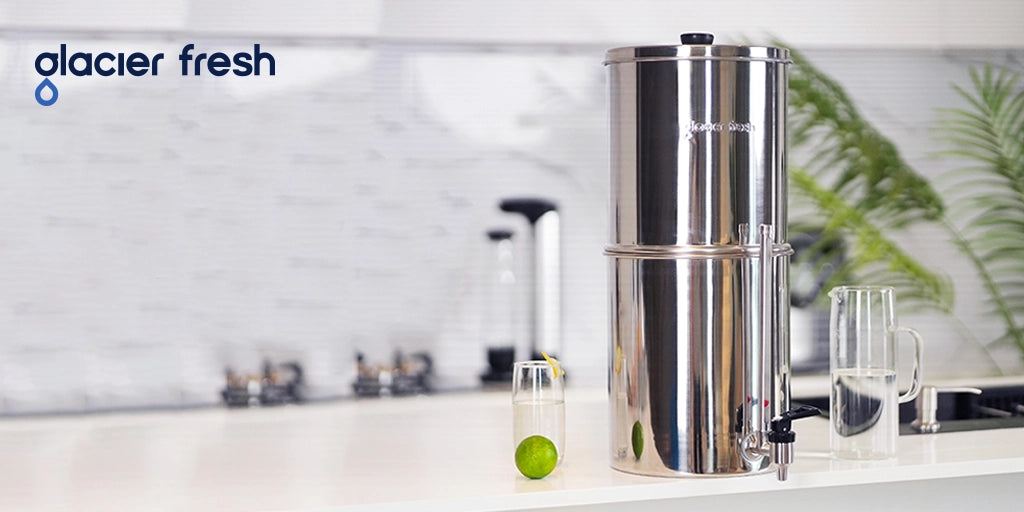Table of Contents:
What are nitrates?
What`s the sources of nitrates in drinking water?
Effects of high nitrate levels on human health
What`s the safe level of nitrate in drinking water?
How do we test nitrate levels in water?
Methods of removing nitrate from water
FAQs
Conclusion
You're not alone if you've recently discovered elevated nitrate levels in your well water. Many rural communities face this issue due to agricultural runoff. The impact of nitrates on human health is significant, especially for infants and pregnant women. But how can you effectively remove nitrates from your drinking water to ensure it's safe for consumption? There are various methods available, each with its pros and cons. Let's explore some practical solutions to address this common water quality concern.
What are nitrates?

Nitrates are compounds commonly found in water sources that can pose health risks if consumed in high amounts. Nitrate pollution, often stemming from agricultural runoff, is a significant concern for groundwater contamination. When fertilizers or manure are applied to fields, rainwater can carry excess nitrates into the soil and eventually seep into the groundwater, contaminating drinking water sources.
What`s the sources of nitrates in drinking water?

When considering the sources of nitrates in drinking water, it is essential to understand the various pathways through which these contaminants enter the water supply. The main sources of nitrates in drinking water include agricultural runoff, fertilizer use, and industrial discharge.

Agricultural runoff is a significant contributor to nitrate contamination, as chemicals from fertilizers and animal waste can easily flow into rivers and streams. Similarly, the overuse of fertilizers in urban and agricultural settings can result in nitrates infiltrating groundwater. Industrial discharge also poses a risk, with manufacturing processes releasing nitrates into water sources, further highlighting the importance of monitoring and regulating these activities to protect drinking water quality.
Effects of high nitrate levels on human health
High levels of nitrates in drinking water can harm human health, impacting various bodily functions and potentially leading to serious health complications. When exposed to high nitrate levels, individuals may face several health risks:
1. Methemoglobinemia: High nitrate levels can lead to methemoglobinemia, a condition where the blood cannot carry oxygen, resulting in symptoms like shortness of breath and bluish skin.
2. Increased risk of cancer: Prolonged exposure to high nitrate levels has been linked to an increased risk of certain cancers, such as bladder and ovarian cancer.
3. Infant health: Babies are particularly vulnerable to nitrate exposure, which can lead to serious health issues like Blue Baby Syndrome, causing a decrease in the blood's oxygen-carrying capacity.
4. Gastrointestinal distress: High nitrate levels can cause gastrointestinal problems like abdominal cramps, diarrhea, and vomiting.
To minimize the risks associated with high nitrate levels in drinking water, watch for symptoms like those mentioned above and consider prevention tips such as using nitrate removal systems or sourcing water from low-nitrate wells.
What`s the safe level of nitrate in drinking water?

To determine the safe level of nitrate in drinking water, it's essential to consider the established regulatory guidelines. Nitrate regulations set by authorities such as the Environmental Protection Agency (EPA) dictate that the maximum contaminant level for nitrate in drinking water shouldn't exceed 10 milligrams per liter (mg/L) or 10 parts per million (ppm).
This threshold is in place to safeguard public health, as elevated nitrate levels can pose serious health risks, particularly for infants and pregnant women. Monitoring techniques, including regular testing of water sources, are crucial to ensuring that nitrate levels remain within safe limits. Water testing kits, professional laboratory analysis, and electronic monitoring devices are commonly used to check drinking water's nitrate levels.
How do we test nitrate levels in water?
Testing nitrate levels in water can be efficiently done using simple water testing kits that are available for purchase. These kits provide a quick and easy way to determine the nitrate concentration in your drinking water. Here are some steps to help you test the nitrate levels effectively:
1. Purchase a water testing kit: Buy a nitrate water testing kit from a reputable supplier or hardware store. These kits typically include all the necessary materials and instructions for testing.
2. Collect a water sample: Follow the kit instructions to collect a water sample from your tap. Make sure the sample is taken correctly to ensure accurate results.
3. Perform the test: Use the testing kit components to analyze the nitrate levels in the water sample. This usually involves mixing the sample with reagents provided in the kit.
4. Interpret the results: After completing the test according to the kit instructions, compare the color or numerical value obtained with the kit's guidelines to determine the nitrate concentration in your water.
Methods of removing nitrate from water
Activated carbon
To effectively remove nitrate from water, consider using gravity water filter system. Activated carbon is highly efficient in carbon filtration, making it an excellent choice for removing nitrates from water sources. Its porous structure and large surface area allow for effective adsorption of nitrate molecules, trapping them within the carbon pores.
When it comes to activated carbon, understanding its regeneration process is crucial. Through thermal reactivation or chemical regeneration, spent activated carbon can be rejuvenated, extending its lifespan and maintaining optimal carbon filtration efficiency. This regeneration process ensures that activated carbon effectively removes nitrates from water over time.
Moreover, activated carbon has a high adsorption capacity, meaning it can adsorb a significant amount of nitrate ions from water before reaching its saturation point. This makes it a reliable and efficient solution for nitrate removal, providing clean and safe drinking water for you and your family.
Ion exchange
To effectively remove nitrates from water, consider utilizing ion exchange technology as a reliable method. Ion exchange involves replacing nitrate ions in water with other ions, such as chloride or sulfate, which are less harmful.
This process occurs as water passes through a resin bed containing positively charged ions that attract and bind with the negatively charged nitrate ions. As a result, the nitrate ions are removed from the water, providing a simple and effective way to reduce nitrate levels. Ion exchange systems are easy to maintain and efficiently treat water with high nitrate concentrations. However, it's essential to periodically regenerate the resin bed to ensure continued effectiveness in nitrate removal.
Reverse osmosis
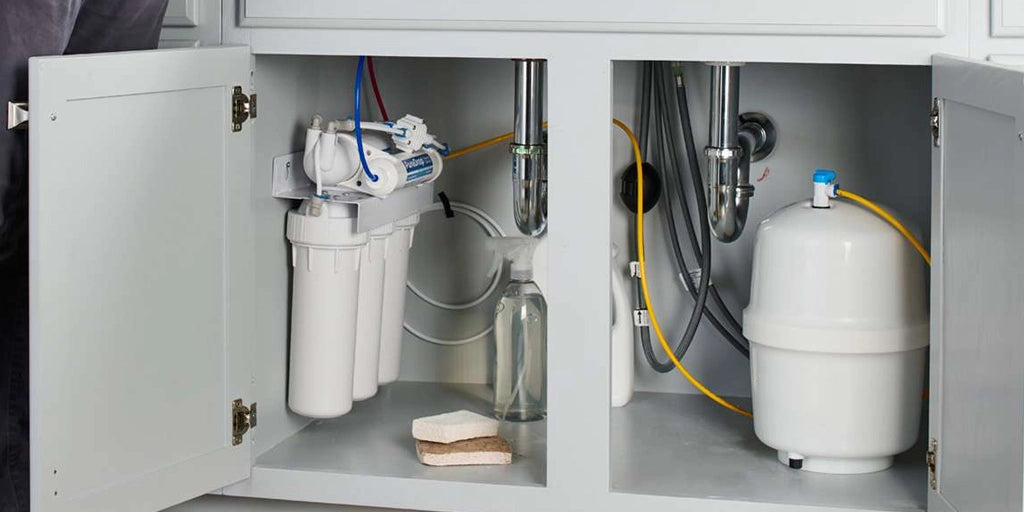
Consider utilizing reverse osmosis to remove nitrates from water effectively. This process involves forcing water through a semipermeable membrane that blocks the nitrates and other contaminants, allowing only pure water to pass through.
Reverse osmosis systems are highly efficient at removing nitrates, typically achieving removal rates of 90-99%. These systems are commonly used in homes, industries, and municipal water treatment plants. However, it's essential to note that reverse osmosis may also remove beneficial minerals along with nitrates. Regular maintenance and monitoring are crucial to ensure optimal performance and to replace the membrane periodically.
Biological identification
Biological denitrification offers a sustainable and eco-friendly solution for effective removal of nitrates from water. This method utilizes naturally occurring bacteria to convert nitrates into harmless nitrogen gas, which is then released into the atmosphere.
In a biological denitrification system, water containing nitrates is passed through a reactor where the bacteria break down the nitrates. The process requires carbon as a food source for the bacteria, which can be provided through various organic materials. Biological denitrification is a cost-effective method that doesn't produce harmful byproducts and can be easily integrated into existing water treatment systems. By harnessing the power of nature, biological denitrification offers a practical approach to reducing nitrate levels in water sources.
Electrodialysis
When removing nitrates from water, an effective technique to consider is electrodialysis. This method uses an electrical current to separate ions and remove contaminants from the water. In electrodialysis, the water flows through alternating ion-permeable membranes under the influence of an electric field. Positively charged ions are attracted to the negatively charged electrode, while negatively charged ions migrate toward the positively charged electrode.
This process effectively removes nitrates and other ions from the water, producing cleaner and safer drinking water. Electrodialysis is a promising technology for nitrate removal, especially in areas where traditional methods may not be as efficient or feasible. It offers a sustainable and efficient solution for addressing nitrate contamination in water sources.
FAQs
Are nitrates harmful to pets if they are in drinking water?
Nitrates in drinking water can harm pets, affecting their health due to nitrate toxicity. It's crucial to ensure water quality for your furry friends by monitoring nitrate levels and taking the necessary steps to remove them.
Can boiling water remove nitrates?
Boiling water has limitations in removing nitrates. Consider chemical treatment or reverse osmosis for more effective nitrate removal. These methods can provide safer drinking water by reducing nitrate levels to protect your health.
Conclusion
Overall, removing nitrates from your drinking water is crucial for ensuring your and your family's health and safety. By understanding the sources of nitrates, testing your water regularly, and utilizing effective removal methods, you can reduce the risk of health issues associated with high nitrate levels. Remember, staying informed and proactive is key to maintaining clean and safe drinking water for your household.





